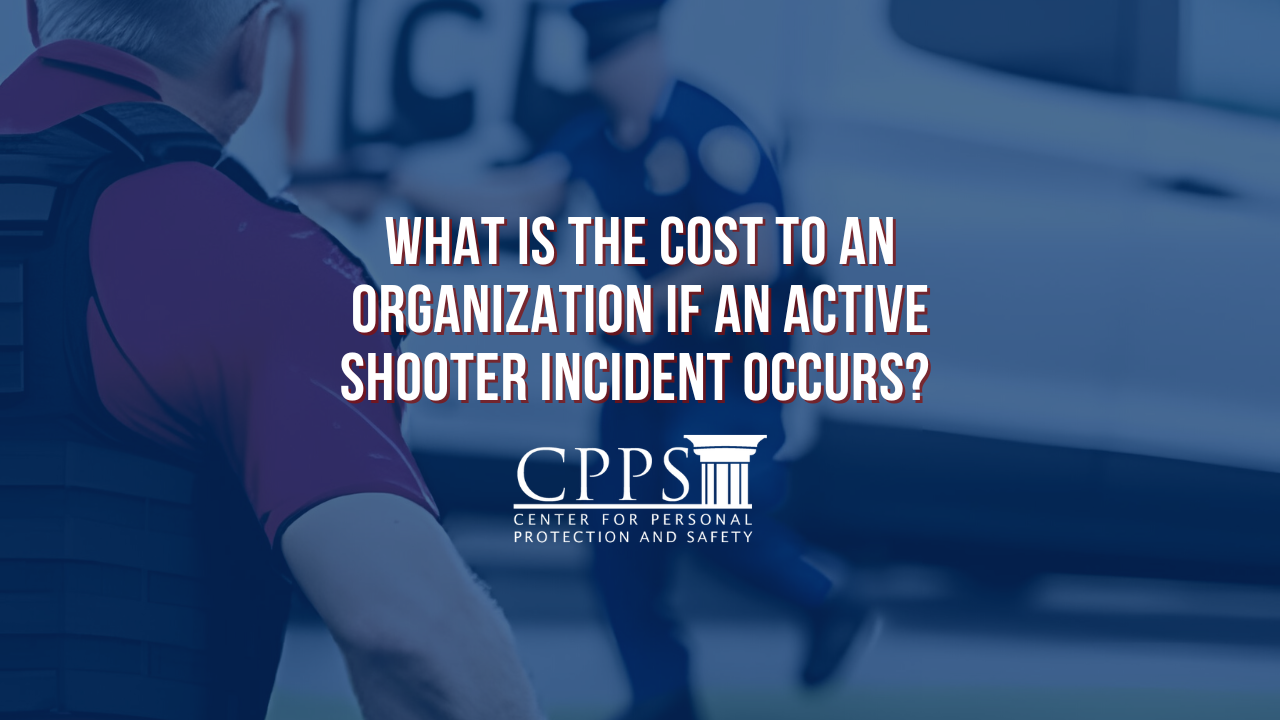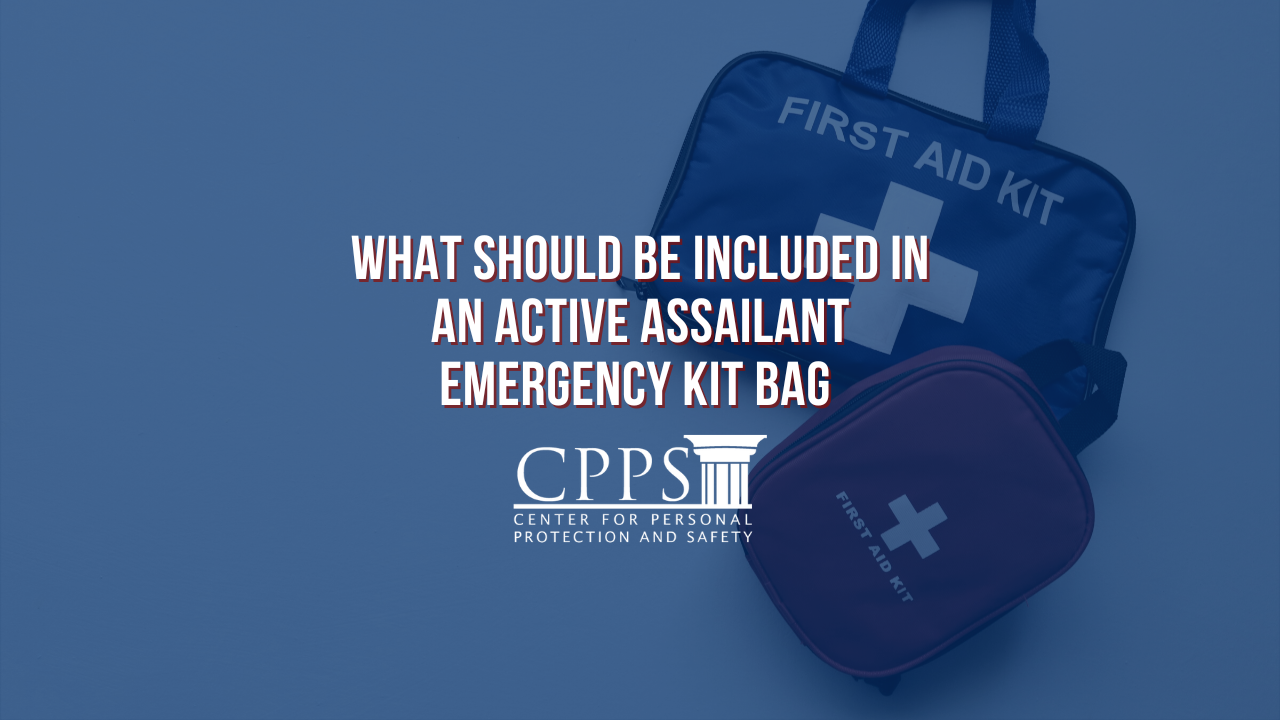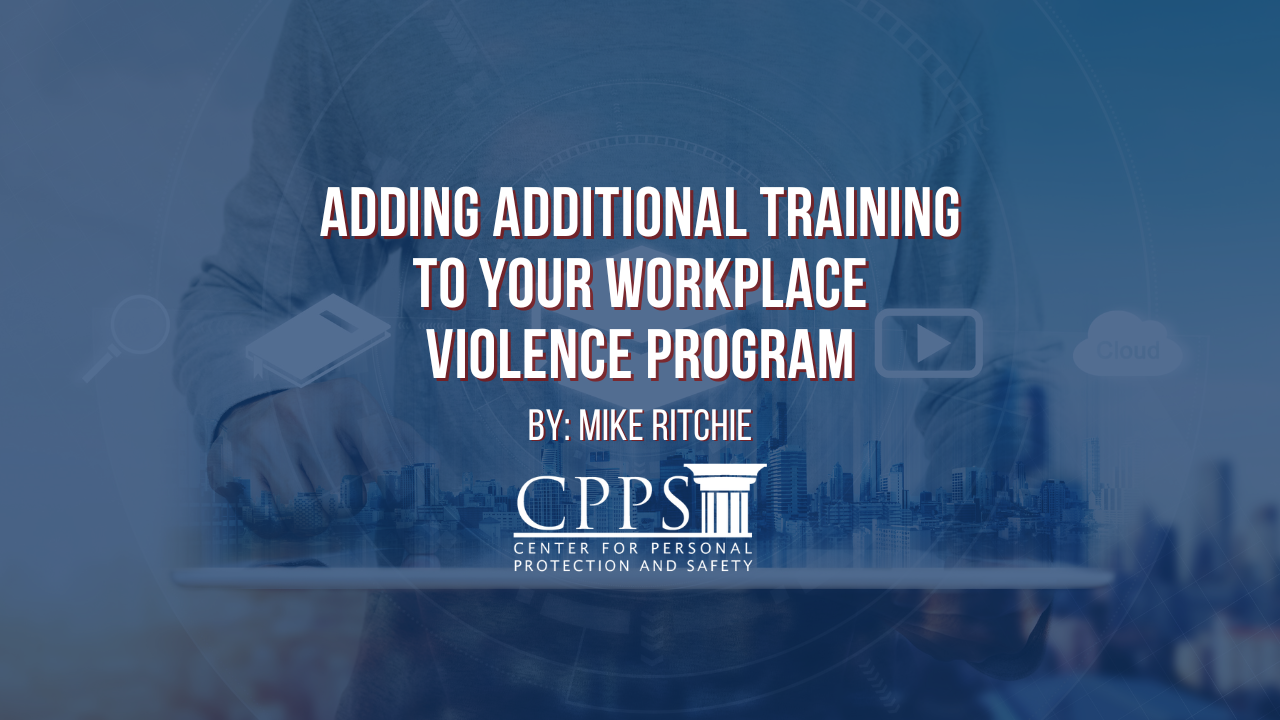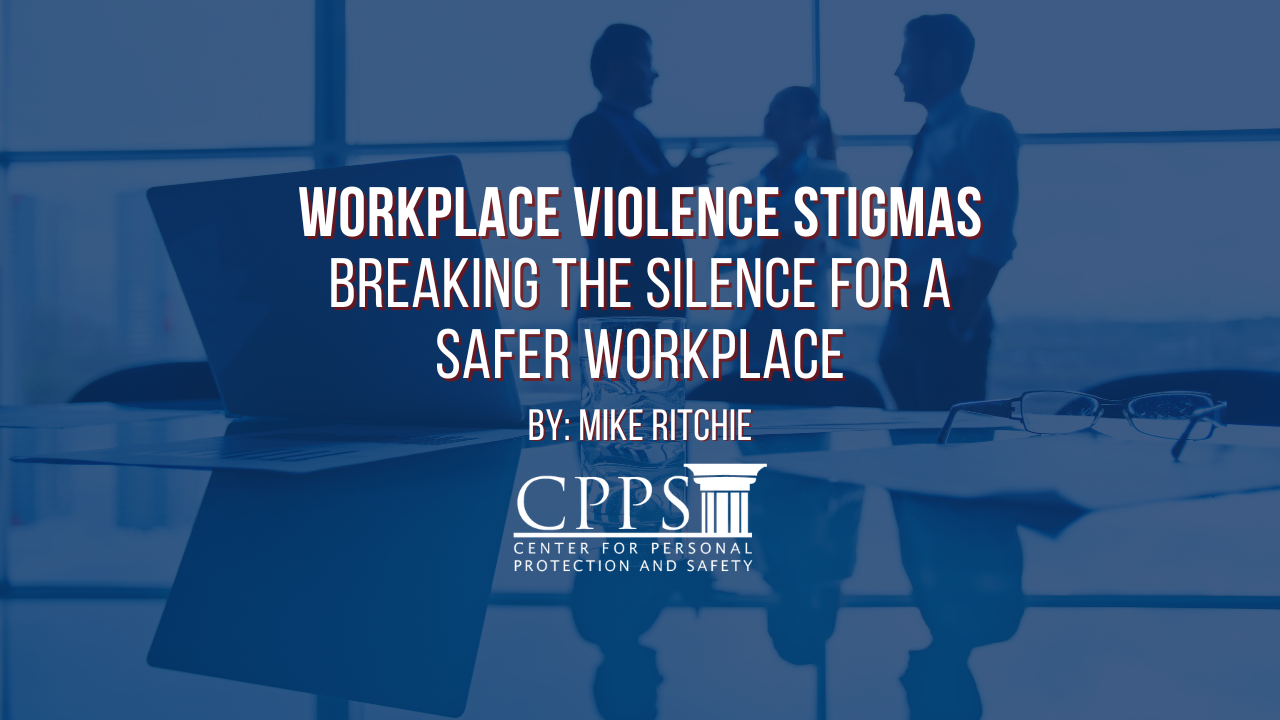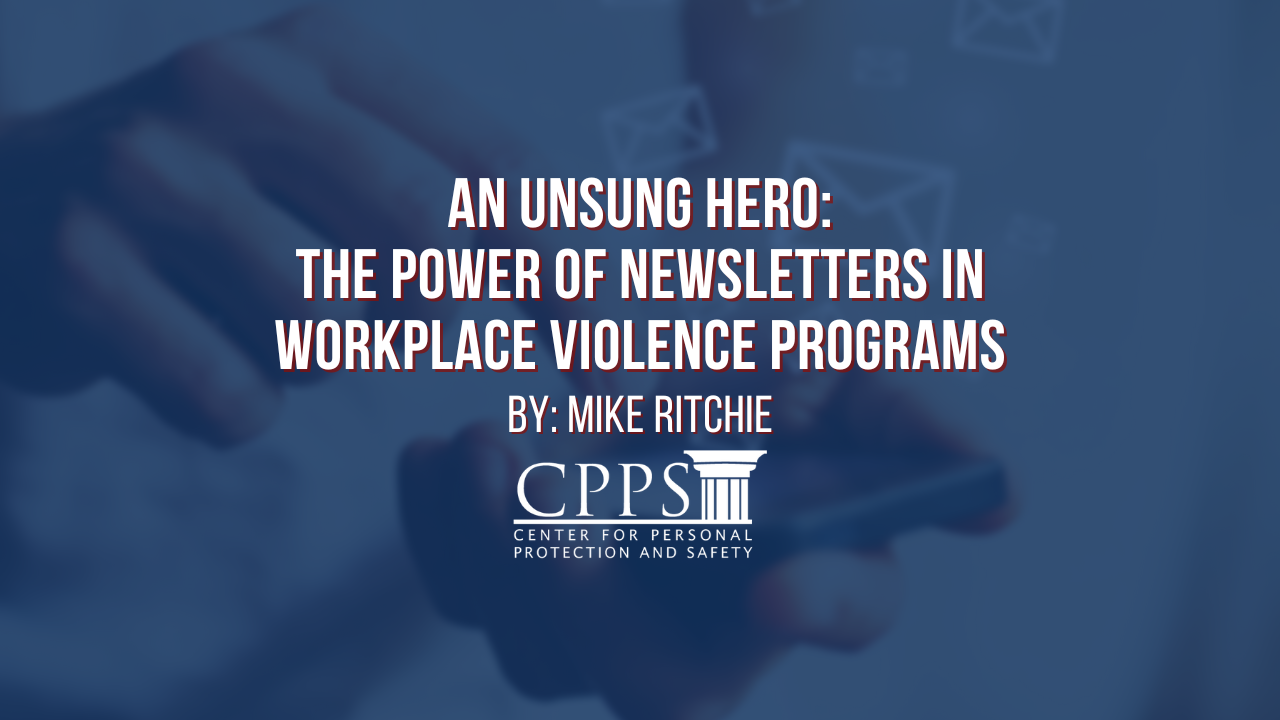
Blog
The Birth of Modern Security: Examining The Impact of Historical Events on Security Regulations & Standards
Numerous historical events have had a significant impact on shaping security regulations and standards worldwide.
These events often served as catalysts for change, prompting governments and organizations to implement new security measures to protect individuals, infrastructure, and national interests. Each event highlighted vulnerabilities and weaknesses in existing security systems, leading to improvements and adaptations worldwide to ensure a safer and more secure environment. Here are some key historical events that had a profound effect on security regulations and standards:
Join CPPS at GSX 2023: Discover Insights from Our Expert Speakers
We are excited to share that CPPS will be participating in GSX 2023, and we can't wait to connect with you at our booth, number 3563! But that's not all – we have an exciting lineup of Subject Matter Experts (SMEs) who will be presenting in four different sessions, covering a diverse range of topics. Whether you're interested in Ministry Security, Behavioral Threat Assessment, Workplace Violence Prevention, we have the right session for you. Make sure to share this valuable opportunity with your colleagues who might also be interested in attending.
What is The Cost to an Organization if an Active Shooter Incident Occurs?
An active shooter incident can cost billions of dollars to an organization, and with the dramatic rise in incidents, this matter should have everyone’s attention. Not only can the financial impact be devastating, but its impact on employees can be the most significant cost of all.
What Should be Included in an Active Assailant Emergency Kit Bag?
CREATING AN EMERGENCY KIT BAG FOR AN ACTIVE ASSAILANT SITUATION REQUIRES CAREFUL CONSIDERATION OF THE POTENTIAL THREATS AND THE SPECIFIC NEEDS OF INDIVIDUALS AND ORGANIZATIONS IN SUCH EMERGENCIES.
During an active assailant situation, every second counts. Having an emergency kit bag readily available allows individuals to quickly access essential supplies and tools needed to respond to an emergency. It helps minimize response time and enables immediate action to enhance personal safety and potentially save lives.
Understanding the Relationship Between Insider Threat and Workplace Violence
The modern business landscape presents numerous challenges to organizations, and two significant threats that require careful attention are Insider Threat and Workplace Violence.
Insider Threat refers to the risk posed by individuals who have authorized access to an organization's systems, data, or resources, while Workplace Violence encompasses acts or threats of aggression, harassment, or intimidation within the work environment. Although distinct, there are connections between these two topics that organizations should recognize and address to ensure the safety and security of their employees and operations.
A Silent Storm: The Impact of Intimate Partner Violence on the Workplace
Intimate partner violence (IPV) is a pervasive issue that extends beyond the confines of private life, affecting various aspects of a victim's well-being, including their professional life. As organizations increasingly recognize the profound impact of IPV on the workplace, they are compelled to take action and create supportive environments for their employees. This article delves into the subject of intimate partner violence and its far-reaching consequences within the workplace.
Adding Additional Training to Your Workplace Violence Program
Workplace violence is a significant concern for organizations worldwide, with potentially severe consequences for employee safety, morale, and overall business operations. To mitigate this risk, workplace violence programs have become increasingly important. However, while prevailing standards may provide a foundation for such programs, there are other training aspects, not outlined in these standards that often go overlooked: security awareness, safe termination, and insider threat training. This article explores the vital role that each of these training topics play in supporting workplace violence programs and why you should consider adding one or more of these into your organization’s training catalog.
Workplace Violence Stigmas: Breaking the Silence for a Safer Workplace
Workplace violence is a critical issue that affects organizations worldwide. It encompasses a range of behaviors, including physical assault, verbal abuse, bullying, harassment, and threats, which can lead to severe consequences for both individuals and the organization as a whole. Unfortunately, workplace violence is often accompanied by stigmas that hinder proper understanding, prevention, and intervention. In this article, we will explore two common workplace violence stigmas and highlight the importance of dispelling them to create a safe and secure work environment.
An Unsung Hero: The Power of Newsletters in Workplace Violence Programs
In today's rapidly evolving business landscape, workplace safety and security have become paramount concerns for organizations. Among the myriad of strategies employed to address this issue, regular and recurring communication plays a vital role in developing safety and security programs, like workplace violence. Security leaders who utilize communication tools such as newsletters and short form video can cultivate a culture of safety and security within their organizations, fostering awareness, preparedness, and swift responses to potential threats. This article will delve into the significance of regular communication and highlight how CPPS' Safe Workplace Unlimited Package, with its comprehensive Communication Resources, can enhance workplace safety initiatives.
The Difference Between Building a Workplace Violence Prevention and Intervention Program and the Safe Workplace Certification
Clients often ask: why should I receive the Safe Workplace Certification (SWC)? How is it different than developing a Workplace Violence Prevention and Intervention (WVPI) program?
HOW TO ACHIEVE THE SAFE WORKPLACE CERTIFICATION (SWC)
Improved safety, reduced costs, improved employee morale and retention, enhanced reputation, and compliance with regulations are among a range of benefits for organizations that achieve the SWC.
Why the Safe Workplace Certification is Valuable for Healthcare Organizations
CPPS' Safe Workplace Certification is a highly valuable credential for healthcare organizations seeking to demonstrate their commitment to providing a safe and healthy work environment for their staff and visitors. This certification is earned by organizations who work with CPPS to develop a comprehensive Workplace Violence Prevention and Intervention (WVPI) program. It’s third-party validation of consistency with national standards, like those produced by Joint Commission, DNV, OSHA, and ANSI. In this article, we will explore the importance of CPPS' Safe Workplace Certification for healthcare organizations in terms of limiting their liability, providing safer operating environments for staff and visitors, and saving organizations money.
Three Things to Include in a Violence Vulnerability Assessment for Healthcare
Vulnerability assessments can help a hospital or healthcare system identify key improvement areas within a Workplace Violence Prevention and Intervention (WVPI) program. When performing any assessment, it’s important to have clear benchmarks to evaluate against. In other words, an assessment should help identify needs and gaps in a program or process based on prevailing standardization or regulatory considerations. For WVPI, the three following areas should be included as part of a vulnerability assessment for WVPI in healthcare.
Knowing When to De-escalate or Disengage from a Situation: Personal Security in Healthcare
DE-ESCALATE OR DISENGAGE? THAT IS THE QUESTION
Workplace violence is a serious issue in healthcare settings, with healthcare workers at an increased risk of experiencing violence from patients, their families, or other staff members. According to the Occupational Safety and Health Administration (OSHA), healthcare workers are four times more likely to experience workplace violence than workers in other industries.
Three Things Healthcare Organizations Should be Doing to Better Address Workplace Violence & Intervention
We know all too well that Hospitals are high-risk environments where staff are exposed to violent and aggressive patients, family members, and other visitors. In addition, recent high-profile events, such as acts of extreme violence, are driving employee and physician’s concerns for safety. But security is only one piece of a Healthcare organization’s Workplace Violence Prevention & Intervention (WPVPI) Program.
Maximizing Workplace Safety: Why Regular Communication Can be the Best Training Tool for Workplace Violence Prevention and Intervention
Workplace violence is a serious concern for employers and employees alike, and developing effective prevention and intervention programs is critical for maintaining a safe and secure work environment. While established guidelines and regulations exist for these programs, many organizations struggle with implementation and efficacy. In this article, we will explore the most common problems with workplace violence prevention and intervention programs and how regular training and communication tools like newsletters, short videos, and posters can help to keep awareness front of mind for the enterprise.
How to Address “Bleisure” in a Travel Risk Management Program
Many organizations wrestle with the concept of business travel in combination with leisure travel (aka.“Bleisure”). From a Travel Risk Management (TRM) perspective, there are three initial considerations to keep in mind that may help address the issue and lessen how abstract it might feel to manage.
Six Key Areas to Include in a Travel Risk Management Policy
A Travel Risk Management (TRM) policy is centric to business travel. It outlines the high-level safety and security aims for travel and overarching guidance regarding how that is to occur. It’s not uncommon for this policy to be embedded within a Travel and Expense policy, though best practice is to have it standalone. Furthermore, if there are other Risk Management policies for the organization, this one should be consistent. To that end, organizations should look at the safety and security of individuals regardless of where they’re working and have policies like this all consistent with that objective.
THINGS YOUR COMPANY’S TRAVEL RISK MANAGEMENT (TRM) PROGRAM MIGHT BE MISSING
NOW MORE THAN EVER, AS ORGANIZATIONS ARE OPENING THEIR TRAVEL PROGRAM BACK UP, IT’S TIME TO FOCUS ON PROTECTING WHAT MATTERS MOST.
Three Things I Wish Threat Management Teams Would Remember
Threat Assessment is not the same as Profiling. This is not true. Threat Assessment is, in actuality, the “antithesis of profiling.” Profiling involves generalizing about an individual actions/behavior based on the individual’s similarity to high-risk groups; it is an inductive process which is not generally useful when potential threats or acts, of Intentional or Targeted Violence.



